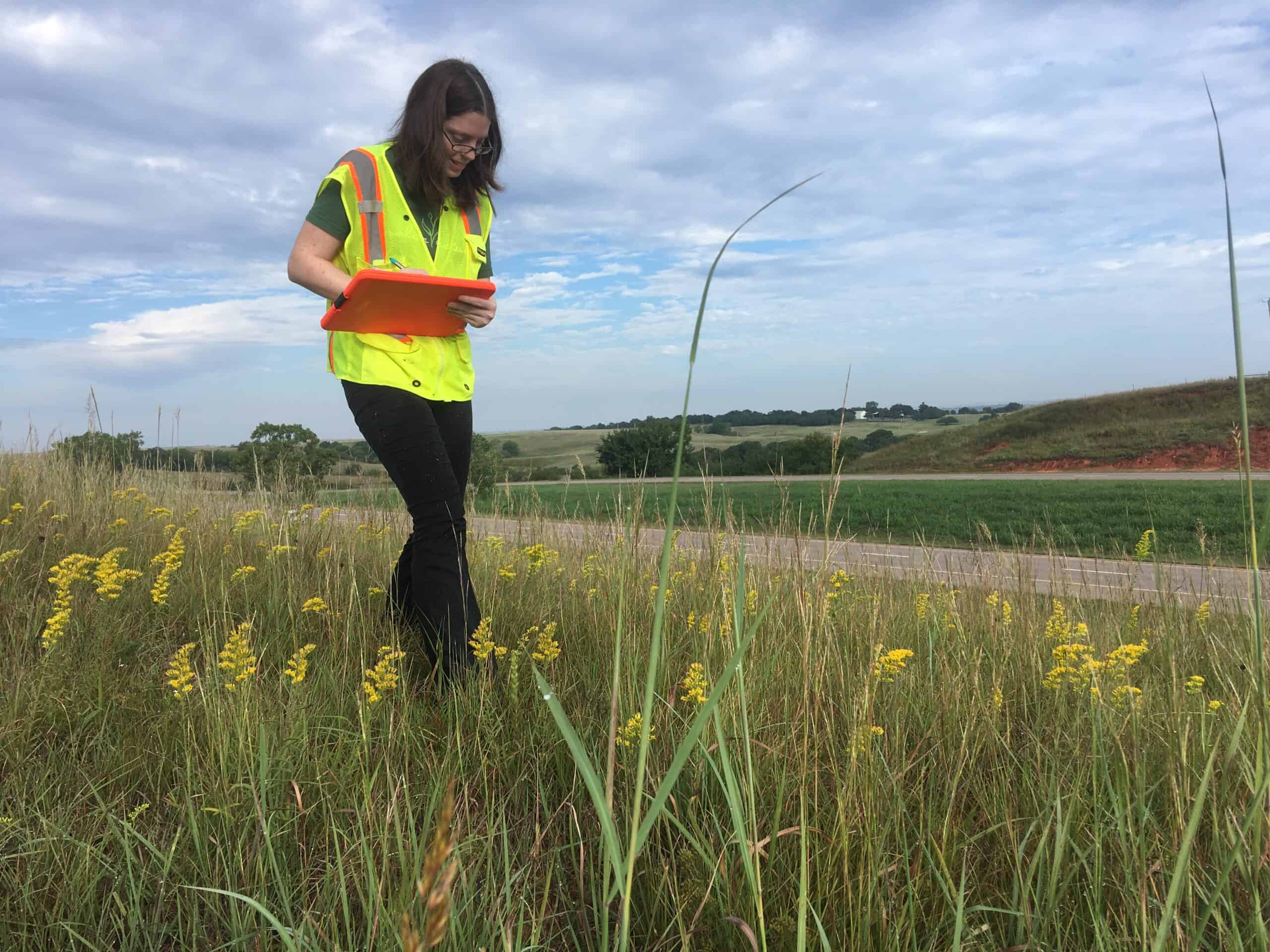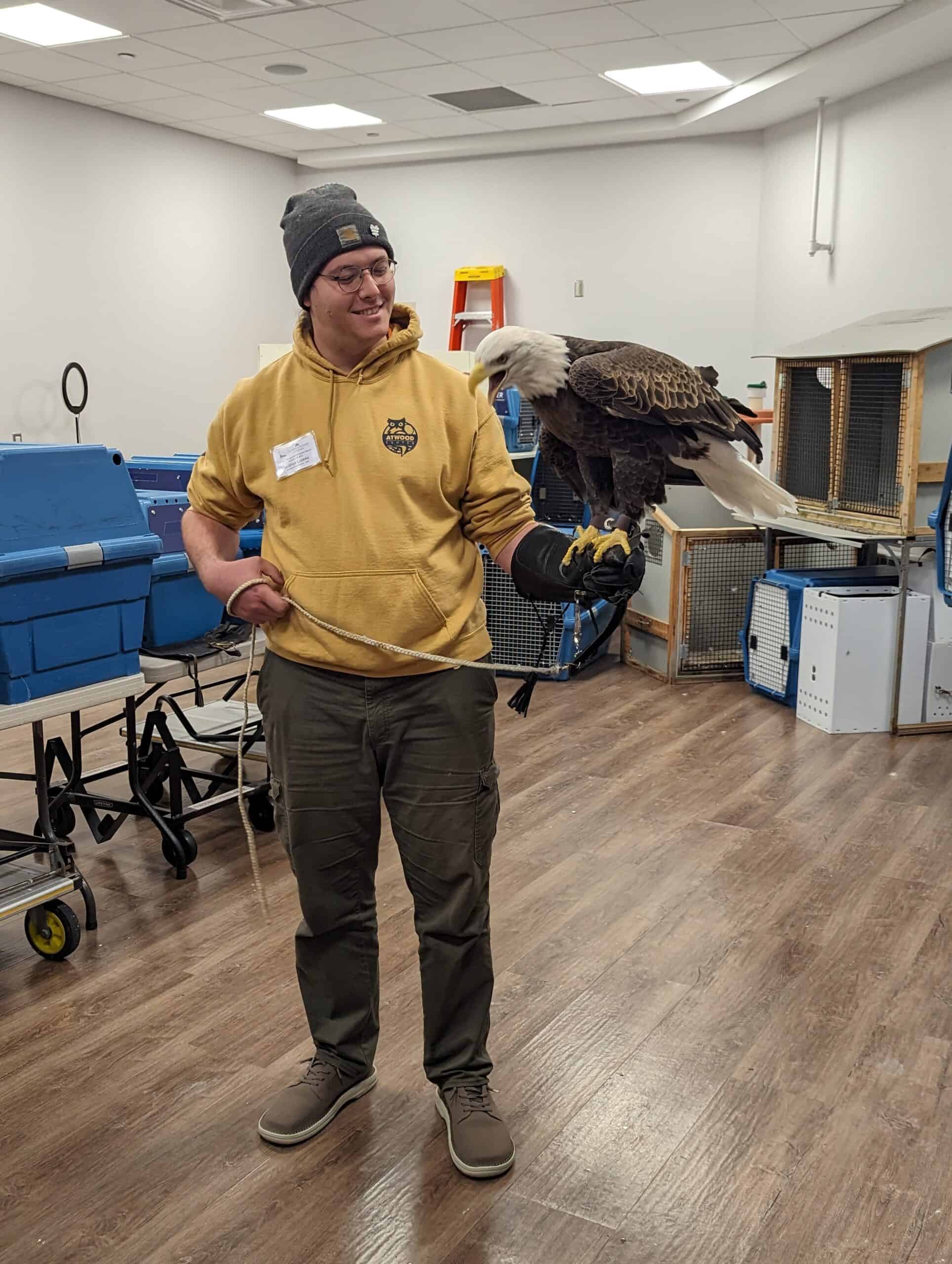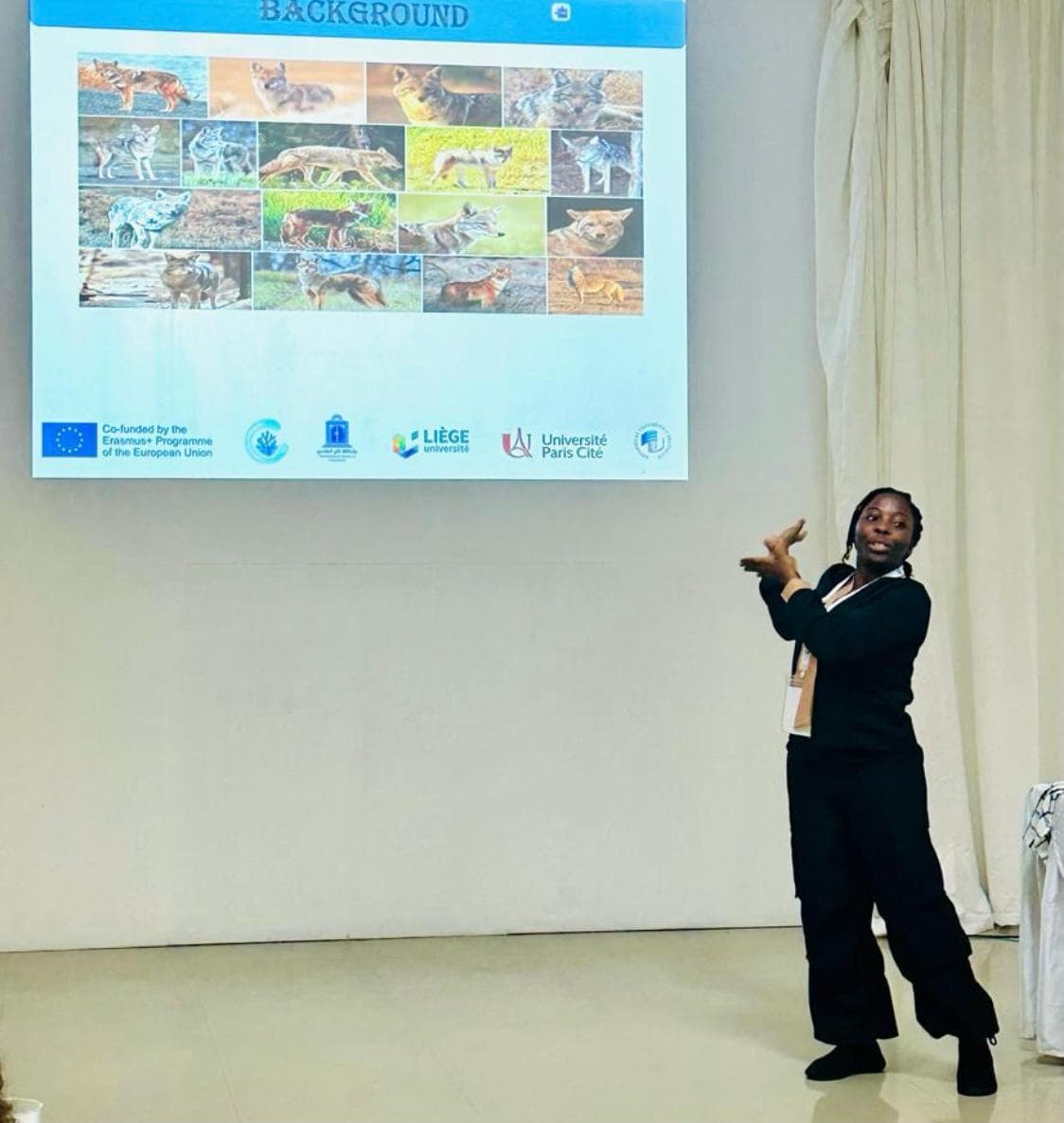Share this article
Wildlife Vocalizations: Emily Geest
Geest discusses how the power of nature helped her overcome adversity and inspired her to become a wildlife professional
I like to tell people I was raised by wolves. When I was a kid, I would flip over rocks to catch roly-polies, tear spring onions out of the ground to smell them, and hold dandelions to my face to see if I would be rich one day. I collected rocks that shimmered in the light, treasured empty snail shells, and watched hummingbirds nectar on pink mimosa trees that lined the house. I found magic in nature, and I believed the indigo rat snake (Drymarchon couperi) that lived in the bush was the keeper of my backyard, and you had to whisper secrets to be allowed to pass.
The solace I found in the outdoors was a stark contrast to the reality I faced indoors, which was a backdrop of abuse, turbulence and neglect. At 18 years old, I left home with a single box and my sweater that I used as a pillow. I chose my first apartment because it backed into the woods, so I could watch birds before work and fireflies shimmering at night after work.
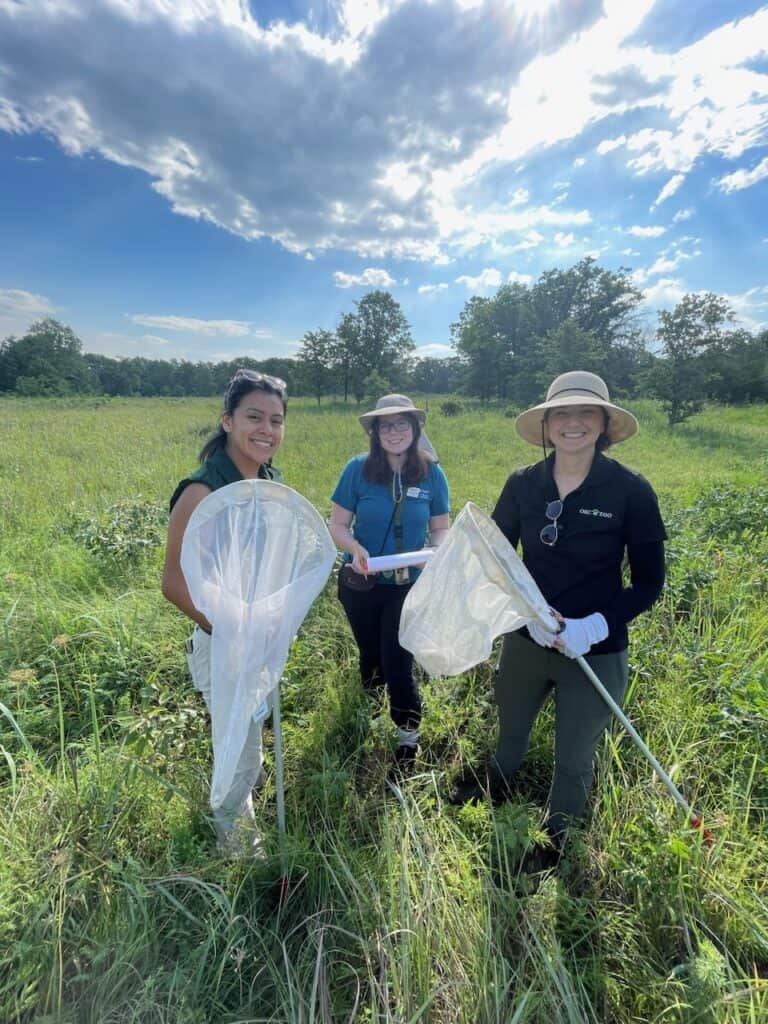
I wasn’t the greatest student. I struggled with balancing a full course load, working full time, and managing my mental health throughout my undergraduate degree. I squeaked by with C’s in some courses and repeated the courses I failed. I would meet people who were open about their traumas, but I felt like I was failing because I couldn’t talk about mine. It felt as if I had a hand around my throat, stopping me from speaking. On the worst days, I would go down to the lake to name ducklings and watch blue-tailed skinks basking in the sun.
Thankfully, I had mentors who believed in me more than I believed in myself, and with their help, I made it to graduate school. During my PhD, everything I had been running from finally caught up to me, and I ended up in intensive weekly therapy. In the morning, I was counting butterflies and recording flowers. By the afternoon, I was learning about complex childhood trauma, a type of therapy called EMDR, and coping mechanisms in the afternoons. I learned what an ACE score of 9/10 meant—a type of measure of abuse, neglect and adverse childhood experiences—and how few people with my background made it to where I was. It felt like working on two dissertations at the same time: one on butterflies and the other on myself. I even had two graduations at the end: one after my defense and the other from my therapist’s office.
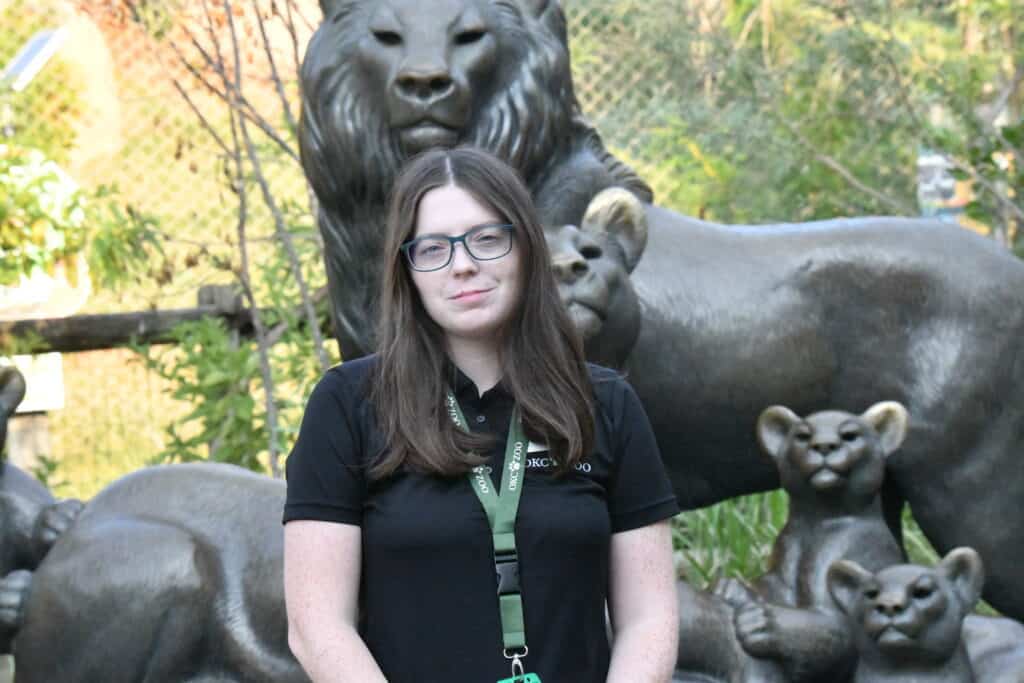
I still find magic in nature. I study butterflies and how they move and exist in a fractured world. I find the first robin of spring an enchanting moment, and I share with everyone the first migrating monarch I spot in the fall. It was the power of nature that helped me survive the darkest of days and inspired me to become a wildlife professional. I couldn’t share my story when I was younger, but I hope by doing so now that others who find themselves struggling realize that they aren’t alone, traumas can be overcome, and the future is beautiful and bright.
Wildlife Vocalizations is a collection of short personal perspectives from people in the field of wildlife sciences. Learn more about Wildlife Vocalizations, and read other contributions.
Submit your story for Wildlife Vocalizations or nominate your peers and colleagues to encourage them to share their story.
For questions, please contact tws@wildlife.org.
Header Image: Geest conducting vegetation transect walks on the roadsides in Payne County, Oklahoma, for a study on monarch butterflies (Danaus plexippus). Image Courtesy Emily Geest



